In August 1914, when World War I broke out, Romania declared neutrality. Two years later, under pressure from the Allies (especially France, desperate to open a new front), on 27 August 1916, Romania joined the Allies, declaring war on Austria-Hungary. For this action, under the terms of the secret military convention, Romania was promised support for its goal of national unity for all Romanian people.
The Romanian military campaign ended in disaster for Romania as the Central Powers conquered two-thirds of the country and defeated its army within months. Nevertheless, Moldavia remained in Romanian hands after the invading forces were stopped in 1917. Total deaths from 1914 to 1918, military and civilian, within contemporary borders, were estimated at 748,000. By the war’s end, Austria-Hungary and the Russian Empire had collapsed and disintegrated; Bessarabia, Bukovina and Transylvania proclaimed unions with the Kingdom of Romania in 1918. By the 1920 Treaty of Trianon, Hungary was forced to renounce in favour of Romania all the claims of the Austro-Hungarian Monarchy over Transylvania. The union of Romania with Bukovina was ratified in 1919 in the Treaty of Saint Germain, and with Bessarabia in 1920 by the Treaty of Paris.
The Romanian expression România Mare (literal translation “Great Romania”, but more commonly rendered “Greater Romania”), generally refers to the Romanian state in the interwar period, and by extension, to the territory Romania covered at the time. Romania achieved at that time its greatest territorial extent (almost 300,000 km2/120,000 sq mi), managing to unite essentially all of the territories inhabited by Romanians.
During the Second World War, Romania tried again to remain neutral, but on 28 June 1940, it received a Soviet ultimatum with an implied threat of invasion in the event of non-compliance. Under Nazi and Soviet pressure, the Romanian administration and the army were forced to retreat from Bessarabia as well from northern Bukovina to avoid war. This, in combination with other factors, prompted the government to join the Axis. Thereafter, southern Dobruja was ceded to Bulgaria, while Hungary received Northern Transylvania as result of an Axis arbitration. The authoritarian King Carol II abdicated in 1940, and succeeded by the National Legionary State, in which power was shared by Ion Antonescu and the Iron Guard. Within months, Antonescu had crushed the Iron Guard, and the subsequent year Romania entered the war on the side of the Axis powers. During the war, Romania was the most important source of oil for Nazi Germany, which attracted multiple bombing raids by the Allies. By means of the Axis invasion of the Soviet Union, Romania recovered Bessarabia and northern Bukovina from Soviet Russia, under the leadership of general Ion Antonescu. The Antonescu regime played a major role in the Holocaust, following to a lesser extent the Nazi policy of oppression and massacre of the Jews, and Romma, primarily in the Eastern territories Romania recovered or occupied from the Soviet Union (Transnistria) and in Moldavia. Jewish Holocaust victims totaled 469,000, including 325,000 in Bessarabia and Bukovina.
In August 1944, Antonescu was toppled and arrested by King Michael I of Romania and Romania changed sides and joined the Allies. But its role in the defeat of Nazi Germany was not recognized by the Paris Peace Conference of 1947; the Romanian Army had suffered 170,000 casualties
Related Listing
-
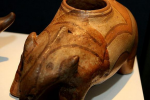
Prehistory
Some 42,000-year-old human remains were discovered in the "Cave With Bones", and being Europe’s ...
-

Antiquity
The earliest written evidence of people living in the territory of the present-day ...
-
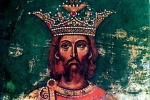
Middle Ages
Gesta Hungarorum, also known as the Chronicle of Anonymus, mentioned the existence of ...

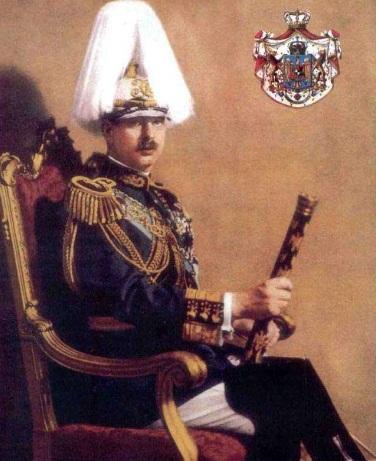
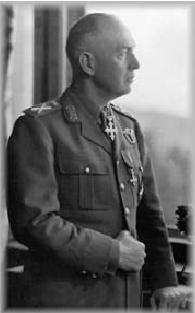
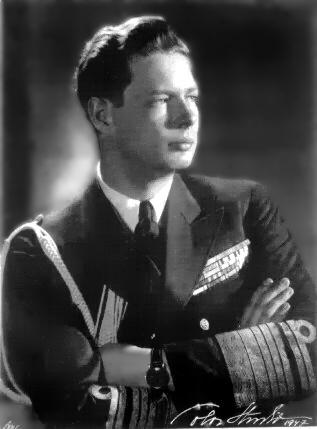








Recent Reviews